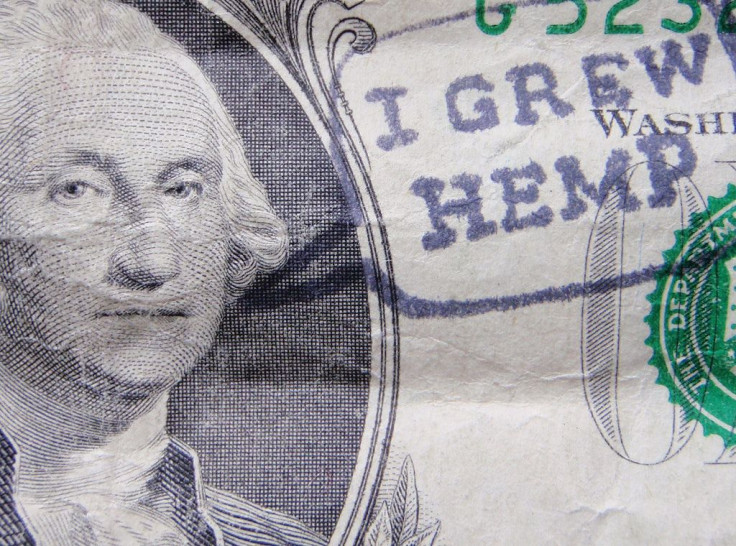Farm Bill Would Allow Hemp Cultivation In Northern Colorado: What Are Hempseed Oil's Health Benefits?

A farm bill before Congress would relax a federal ban on industrial hemp to allow selected cultivation in northern Colorado, increasing the number of farmers receiving an exemption to raise the crop.
Although hemp was once a required cash crop for Revolutionary War era farmers, the U.S. government banned cultivation in 1971 along with marijuana, whose stronger concentrations of delta-9 tetrahydrocannabinol — known as THC — get both plants in trouble. Today, hemp is produced overseas and in the United States by federally licensed farmers for use in a variety of products including durable clothing, rope, and nutritional products based on hempseed oil.

A derivative of the marijuana, hemp produces seeds whose oil contains sterols, aliphatic alcohols, and linolenic acids — the last of which contains an omega-3 fatty acid shown by some studies as a preventer of heart disease. The oil also contains 80 percent of the body’s essential fatty acids, including not only linoleic acid but omega-6 and others. Protein from hemp also contains 21 known amino acids, including nine essential ones.
A new study of hempseed oil by researchers at the University of Seville in Spain noted that hemp, raised for thousands of years for medicinal and other uses, may be used to solve a big problem for people in emerging economies: a growing demand for cooking oil. The team fully analyzed hempseed oil, finding linoleic, a-linolenic, and oleic the most abundant of fatty acids. The oil also contained compounds including β-sitosterol, campesterol , phytol , cycloartenol, and γ-tocopherol, which the researchers described as “most interesting.”
Writing this this month in the Journal of Agricultural and Food Chemistry, the researchers said the evidence might also inform political discussion on the future of industrial hemp in America and elsewhere. “The study is an interesting contribution for Cannabis sativa L. consideration as a source of bioactive compounds contributing to novel applications for hempseed oil in the pharmaceutical, cosmetic food, and other non-food industries,” the researchers wrote.
Although hemp contains far lower concentrations of THC than cannabis, the two plants are easily confused by police — effectively meaning guilt by association. Hemp contains approximately 0.3-1.5 percent THC, compared to the higher levels in marijuana, which range from 5-10 percent to even higher.
Source: Montserrat-de la Paz, S., Marin-Aguilar, F., Garcia-Gimenez, M.D., Fernandez-Arche, M.A. Hemp (Cannabis Sativa L.) Seed Oil: Analytical And Phytochemical Characterization Of The Unsaponifiable Fraction. Journal Of Agricultural And Food Chemistry. 2014.
Published by Medicaldaily.com



























